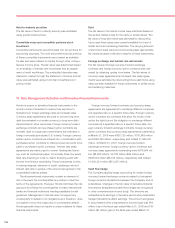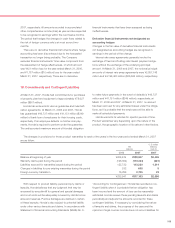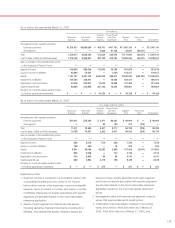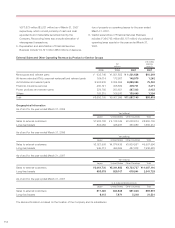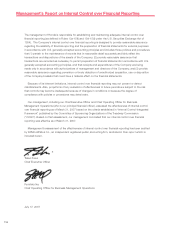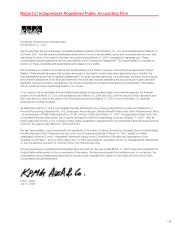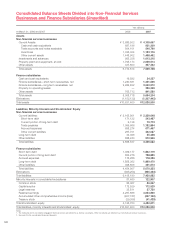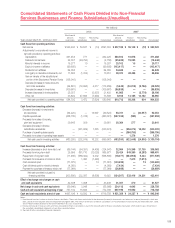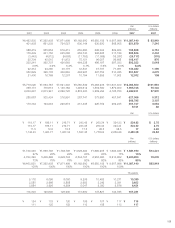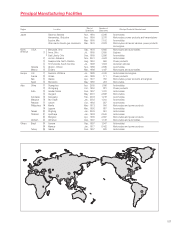Honda 2007 Annual Report Download - page 120
Download and view the complete annual report
Please find page 120 of the 2007 Honda annual report below. You can navigate through the pages in the report by either clicking on the pages listed below, or by using the keyword search tool below to find specific information within the annual report.
118
Management’s Report on Internal Control over Financial Reporting
The management of Honda is responsible for establishing and maintaining adequate internal control over
financial reporting (as defined in Rules 13a-15(f) and 15d-15(f) under the U.S. Securities Exchange Act of
1934). The Company’s internal control over financial reporting is designed to provide reasonable assurance
regarding the reliability of financial reporting and the preparation of financial statements for external purposes
in accordance with U.S. generally accepted accounting principles and includes those policies and procedures
that (1) pertain to the maintenance of records that in reasonable detail accurately and fairly reflect the
transactions and dispositions of the assets of the Company; (2) provide reasonable assurance that
transactions are recorded as necessary to permit preparation of financial statements in accordance with U.S.
generally accepted accounting principles, and that receipts and expenditures of the Company are being
made only in accordance with authorizations of management and directors of the Company; and (3) provide
reasonable assurance regarding prevention or timely detection of unauthorized acquisition, use or disposition
of the Company’s assets that could have a material effect on the financial statements.
Because of its inherent limitations, internal control over financial reporting may not prevent or detect
misstatements. Also, projections of any evaluation of effectiveness to future periods are subject to the risk
that controls may become inadequate because of changes in conditions or because the degree of
compliance with policies or procedures may deteriorate.
Our management, including our Chief Executive Officer and Chief Operating Officer for Business
Management Operations (who is our principal financial officer), assessed the effectiveness of internal control
over financial reporting as of March 31, 2007 based on the criteria established in “Internal Control-Integrated
Framework” published by the Committee of Sponsoring Organizations of the Treadway Commission
(“COSO”). Based on that assessment, our management concluded that our internal control over financial
reporting was effective as of March 31, 2007.
Management’s assessment of the effectiveness of internal control over financial reporting has been audited
by KPMG AZSA & Co., an independent registered public accounting firm, as stated in their report which is
included herein.
Takeo Fukui
Chief Executive Officer
Fumihiko Ike
Chief Operating Officer for Business Management Operations
July 17, 2007


